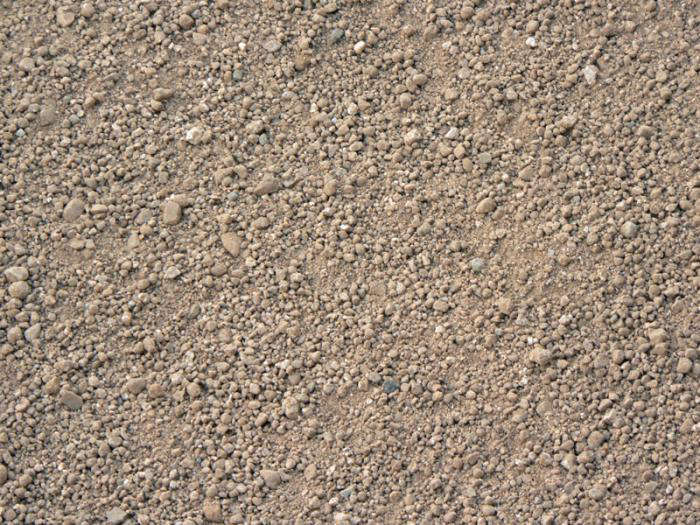Is there anything nicer than the crunch of stone underfoot? Here’s how to get the look:

Above: For a path in a side yard, where you don’t have to worry about guests walking in high heels, a crushed stone path is the best choice. It’s permeable, aiding drainage—and if graded properly, it will divert water from a foundation.
Above: Decomposed granite—crushed stone that breaks down into pellets that are 1/4 inch or smaller in size—is an attractive choice and it packs well. Mix it with a stabilizer and spread a 1/4-inch thick layer on top of a compressed layer. For more information and pricing, see Bourget Brothers.
Above: Edge the path with brick-shaped bluestone pavers (6-by-12-by-2-inch pavers are a good size) to keep the gravel out of the flower beds. For information and pricing about Tumbled Bluestone Pavers, see Orijin.
Above: Line the path with boxwood, shaped into topiary balls. A good choice is the dwarf Boxwood Green Velvet, which grows to a height of 3 feet; $13.95 apiece from Great Garden Plants. The best way to shape this dense plant is to clip by hand, reaching inside the foliage to cut back individual stems. The technique allows air to circulate, foiling fungal diseases that can make leaves look powdery and lifeless.
(N.B.: For more idea for paths, see “5 Favorites: Modern Pavers” and “Design Sleuth: Pavers and Gravels.”
Finally, learn how to successfully use gravel in a hardscape project with our Hardscaping 101: Gravel guide.


















Have a Question or Comment About This Post?
Join the conversation (0)